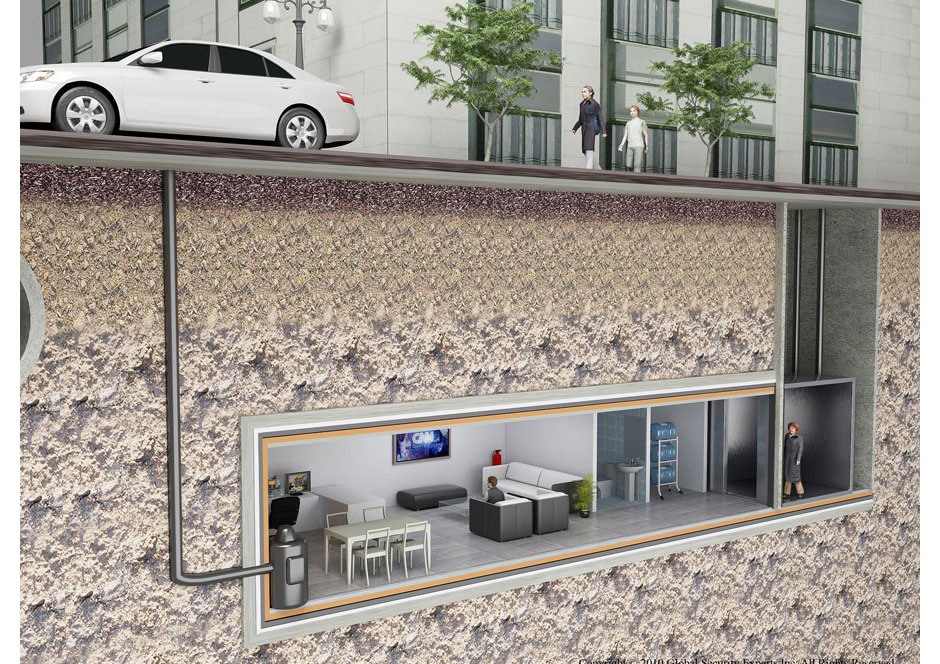


You also need some type of communication equipment to contact the police. Safe rooms should be stocked with emergency items, such as: Make sure the location you choose is not in a flood zone or storm surge zone. You can also build an in-ground storm shelter in your backyard or elsewhere on the premises to which you have easy and quick access. If you don’t have a basement, the safe room should be built within your home’s interior on the first floor. You can also hide a safe room behind mirrors or bookcases. Our client’s safe room is hidden behind unassuming wooden doors (closet doors) so the homeowners don’t see it on a daily basis. We recommend building a safe room in your basement it’s the best spot. Because a safe room can withstand high winds of up to 250 miles per hour, you and your loved ones will remain safe even if your house falls apart. They protect your family in the short term from imminent danger like flying debris or an armed home intruder. Safe rooms, also called storm shelters, give your family a secure place to go in the event of a weather catastrophe, severe storm with extreme winds, or if a break-in occurs. Have you considered building a “safe room” in your home to guard against these dangers? We’re wrapping up a whole-house remodel in the western suburbs for a family who included a safe room in their basement, so this topic is fresh on my mind. While we’re thankful for the fact that we don’t live in high-risk parts of the country such as tornado alley in Oklahoma, we do have our fair share of tornados, high winds and severe weather threats. One thing Chicagoans and suburbanites can agree on is that we definitely have weather extremes.


 0 kommentar(er)
0 kommentar(er)
